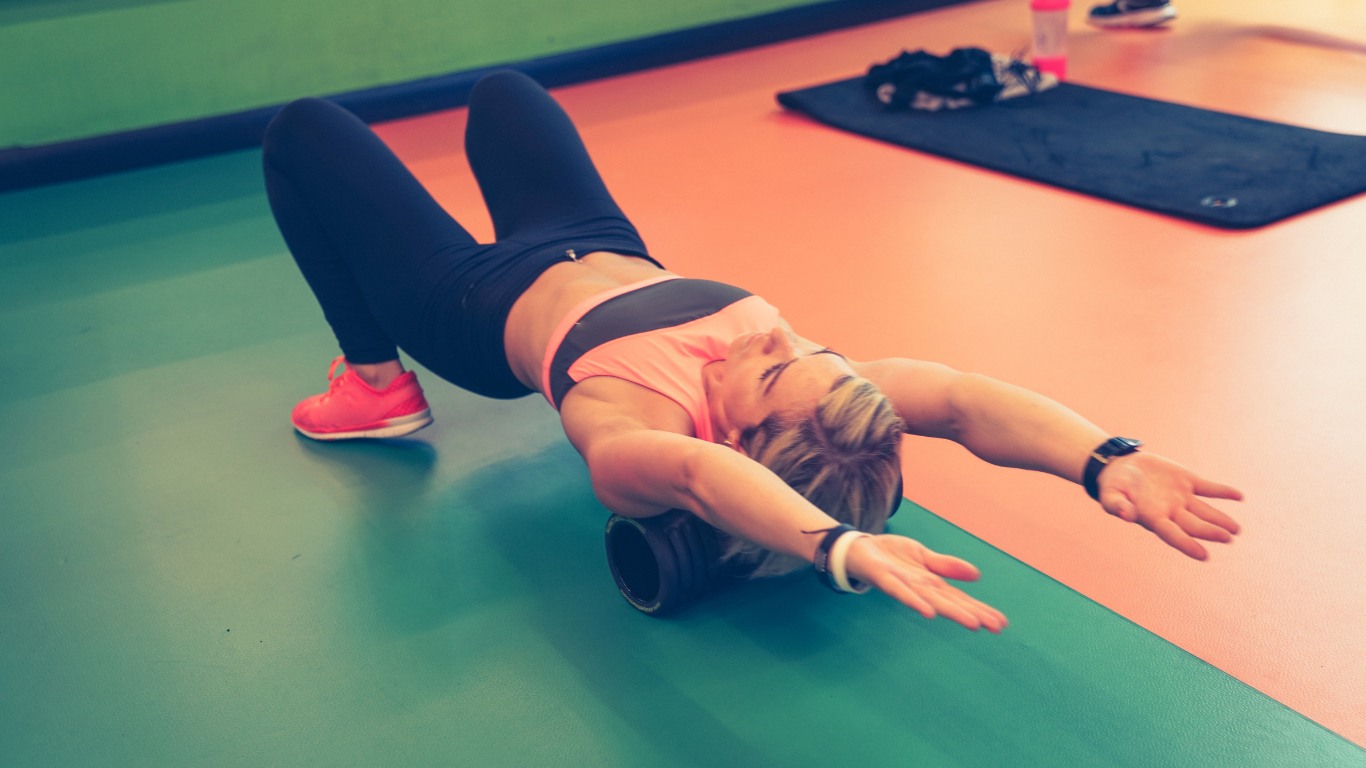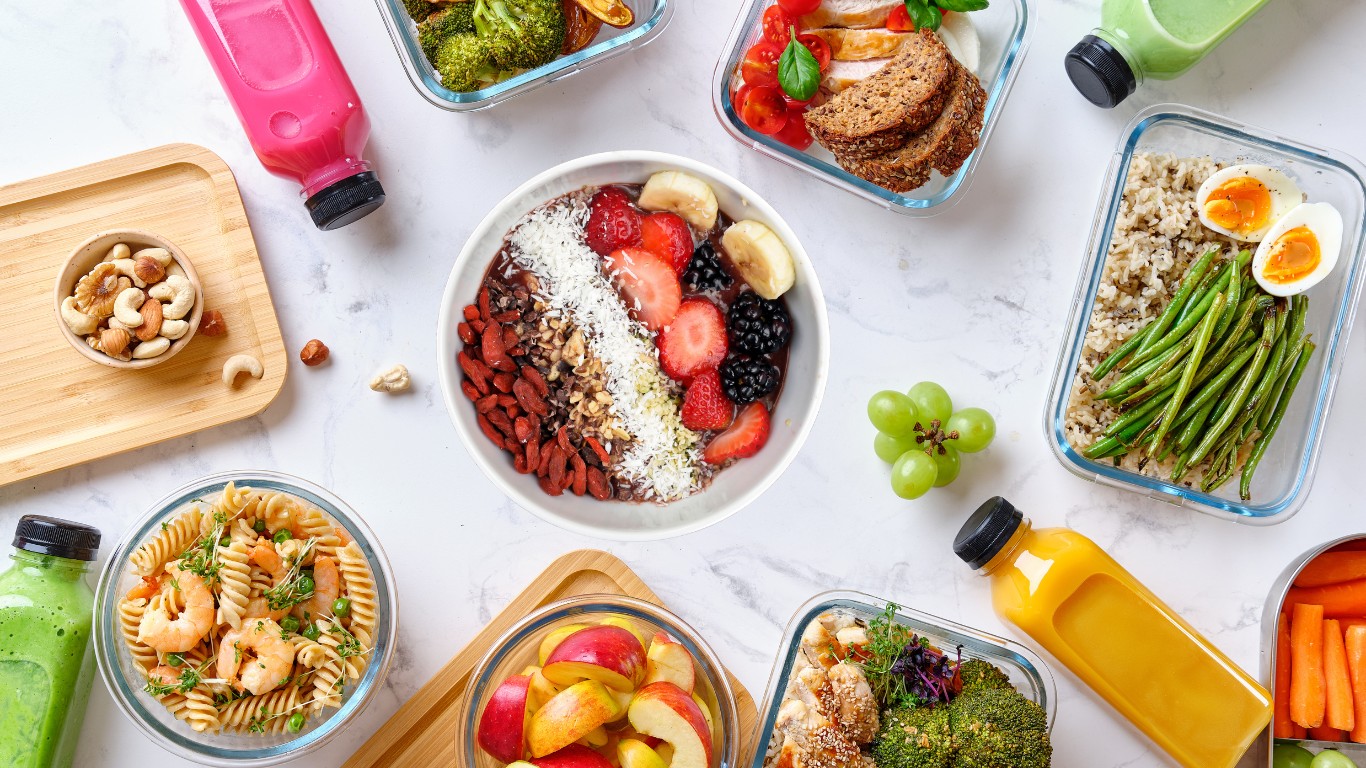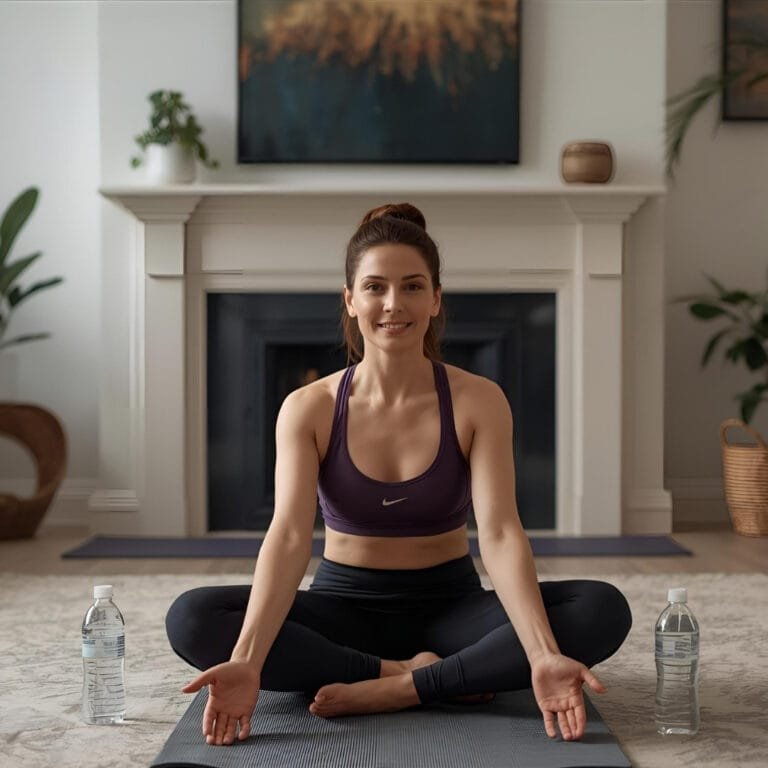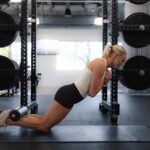Disclosure:
Thank you for reading this post, don't forget to subscribe!
Some of the links on this website are affiliate links. This means that if you click on the link and make a purchase, we may receive a small commission at no extra cost to you. Your support helps us keep the site running.Learn more on my Privacy Policy and Affiliate Disclosure page. Thank you for your support!

As we age, staying active becomes more important than ever. Regular exercise can significantly improve our physical and mental well-being, helping us maintain independence and enjoy a higher quality of life. But starting a workout routine doesn’t have to be intimidating—especially for seniors! Let’s explore simple and effective exercises that anyone can do to stay healthy and fit at any age.
Why Exercise is Important for Seniors
Exercise offers numerous benefits for seniors, from improving physical strength to enhancing mental well-being. Here are some key advantages:
- Improves Cardiovascular Health: Aerobic exercises like walking or swimming strengthen the heart and lungs, helping to reduce the risk of heart disease.
- Increases Muscle Strength and Endurance: Strength training helps prevent muscle loss and improves mobility, making everyday activities easier.
- Enhances Balance and Reduces Fall Risk: Exercises that target balance can help prevent falls, which are a leading cause of injury in older adults.
- Improves Mental Well-being and Mood: Regular physical activity releases endorphins, which can help reduce feelings of anxiety and depression, improving mood and cognitive function.
check out: Mayo Clinic Minute: Aging and the benefits of exercising
Key Considerations Before Starting a Workout Routine
Before beginning any new exercise routine, there are a few important things to consider:
1. Consult with a Doctor
Always check with your doctor before starting a workout routine to ensure that the exercises you plan to do are safe for your health condition.
2. Choose Low-Impact Exercises
Opt for activities that are gentle on the joints, such as walking, swimming, or resistance band exercises, which can effectively build strength without causing strain.
3. Start Slow
If you’re new to exercise, begin with small, manageable workouts and gradually increase the intensity as your strength and endurance improve.
learn more about: Fitness Goal Setting For Long Term Success
Beginner-Friendly Workout Routines for Seniors
Let’s dive into some simple and effective workout routines that are perfect for seniors.
4.1. Warm-Up
Warming up is essential to prepare your body for exercise and avoid injury. A 5-10 minute warm-up can include:
- Walking in Place: March gently on the spot to get your heart rate up.
- Gentle Arm Circles: Rotate your arms forward and backward to loosen up the shoulders.
Stay Ahead with Morningscape Mindset Media!
Sign up now to receive exclusive updates on our latest posts — delivered directly to your inbox!
4.2. Strength Training Exercises

Building muscle strength is key to maintaining independence and mobility as we age. Here are some beginner-friendly strength exercises:
- Chair Squats: Stand up and sit down from a chair repeatedly to strengthen your legs. This is a safe and effective exercise that can be done almost anywhere.
- Wall Push-Ups: Perform push-ups against a wall instead of the floor to build upper body strength without putting too much pressure on your joints.
- Resistance Band Exercises: Use resistance bands to perform gentle strength training exercises for the arms and legs.
find out more about: For a visual demonstration of these exercises, visit the American Council on Exercise (ACE).
4.3. Balance and Stability Exercises

Improving balance is crucial for preventing falls, which is a common concern for seniors.
- Single-Leg Stands: Stand on one leg while holding onto a sturdy chair or surface for support. This helps improve balance and strengthen leg muscles.
- Heel-to-Toe Walk: Walk in a straight line, placing one foot directly in front of the other. This simple exercise can greatly enhance stability.
4.4. Flexibility and Stretching
Maintaining flexibility is important for mobility and reducing the risk of injury.
- Seated Hamstring Stretch: Sit on the edge of a chair and extend one leg forward, gently reaching toward your toes to stretch the hamstrings.
- Shoulder Stretch: Stretch your shoulders by gently pulling one arm across your body and holding it with the opposite hand.
learn more about: For more flexibility exercises, visit this Harvard Health guide on stretching.
5. Aerobic Exercises for Seniors
Aerobic exercises help improve cardiovascular health and boost energy levels. Here are some great options:
- Walking: Walking is one of the simplest and most effective exercises. Whether it’s a stroll around the neighborhood or at a local park, it’s a great way to stay active.
- Swimming: Swimming is a low-impact exercise that works the whole body, making it perfect for seniors with joint pain or mobility issues.
- Cycling: Stationary bikes are an excellent option for indoor aerobic exercise. They provide a low-impact way to increase your heart rate without putting stress on your joints.
read more about: For more flexibility exercises, visit this Harvard Health guide on stretching.
6. Cool-Down and Recovery
Cooling down after a workout is just as important as warming up. This helps to gradually lower your heart rate and relax your muscles. A cool-down can include:
- Gentle Stretching: Repeat some of the flexibility exercises, like the hamstring stretch, to help your muscles recover.
- Slow Walking: Walk slowly for 5-10 minutes to cool down after more intense activities.
Read next:
7. Additional Resources and Tools for Senior Fitness
For seniors looking to add more to their routine, there are plenty of tools and resources available:
- Apps and Videos: Consider using apps or following online workout videos that are tailored for seniors.
- Equipment: Start with basic equipment like resistance bands, light dumbbells, and exercise mats for home workouts.
discover: A great resource for senior-specific fitness programs is SilverSneakers, which offers classes and workouts designed for older adults.
8. Safety Tips for Senior Workouts
Safety is key when exercising. Keep these tips in mind:
- Hydration: Drink water before, during, and after your workout to stay hydrated.
- Rest: Take breaks between exercises to avoid overexertion.
- Listen to Your Body: If you experience any pain or discomfort, stop immediately and consult a doctor.
Conclusion
Staying active is crucial for maintaining health and well-being as we age. These beginner-friendly workout routines can help improve strength, balance, and flexibility, allowing seniors to lead a more active and independent life. Try incorporating one or two of these exercises into your daily routine and see how they can make a difference!
Start today by trying one of these exercises, and remember, consistency is key! For more tips, check out our post on How to Stay Motivated in Your Fitness Journey.
explore more:
FAQ
How often should seniors exercise?
Seniors should aim for at least 150 minutes of moderate exercise per week, according to the CDC.
What are the best exercises for seniors with joint pain?
Low-impact exercises like swimming, cycling, and resistance band exercises are great options for seniors with joint pain.
Can seniors lift weights safely?
Yes! Strength training with light weights or resistance bands is beneficial, but always consult with a doctor first.
How can seniors improve their balance?
Balance exercises like single-leg stands and heel-to-toe walking can help improve stability and reduce the risk of falls.
MORE ABOUT:
health / fitness / wellness / nutrition
SHARE THIS ARTICLE












